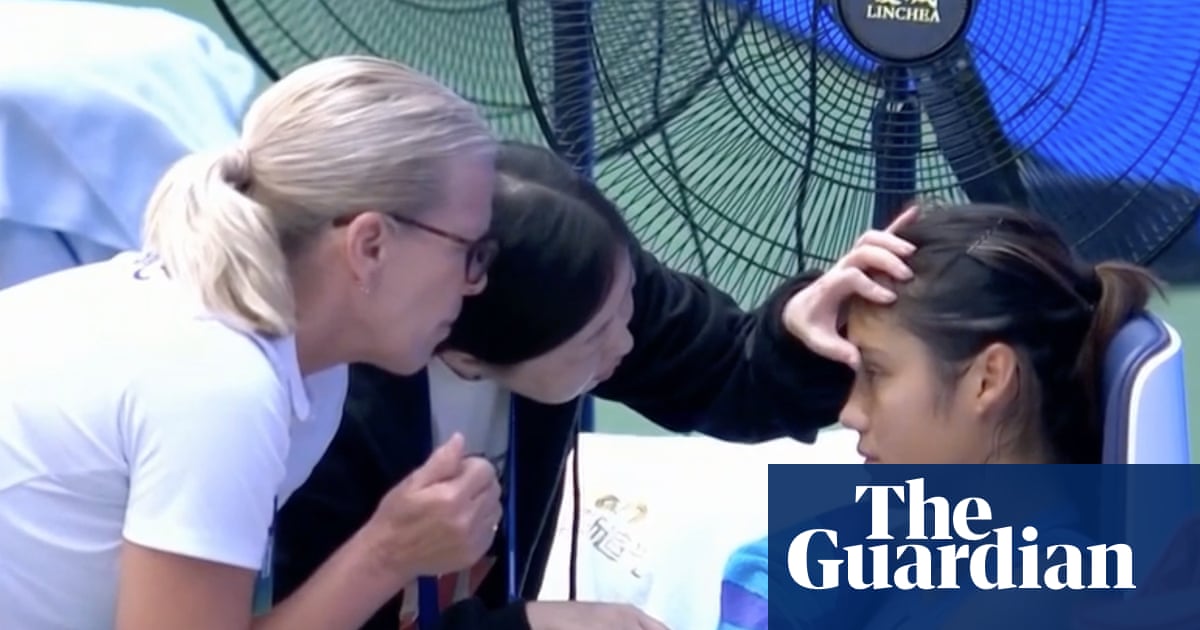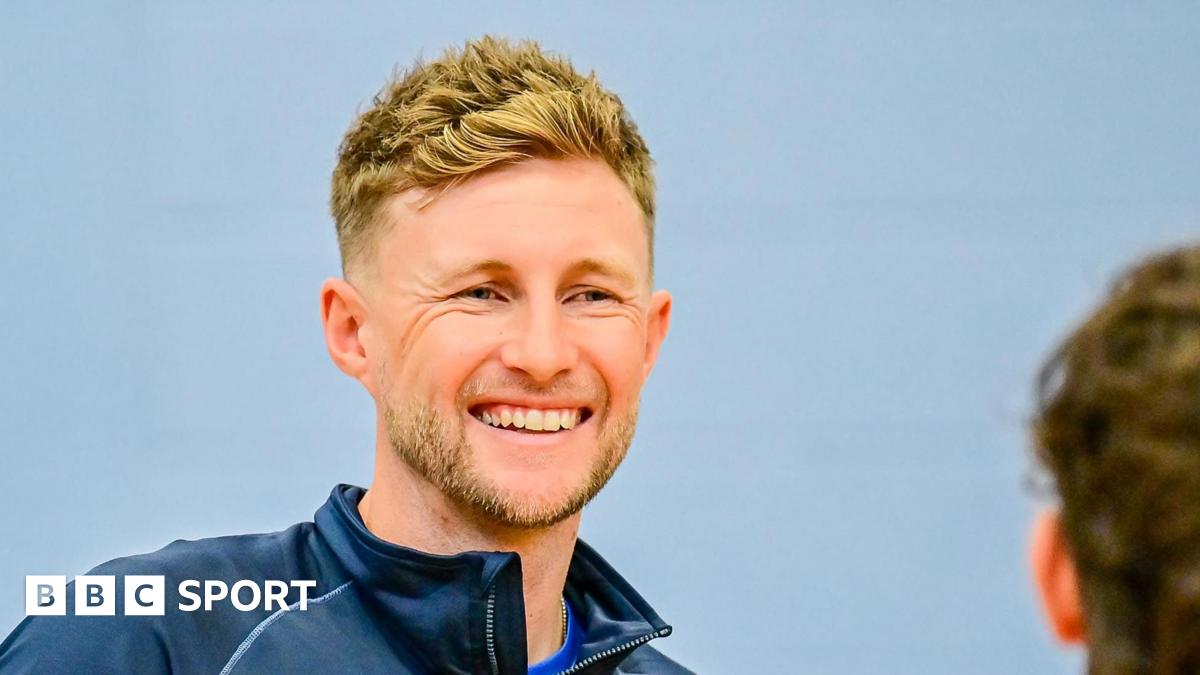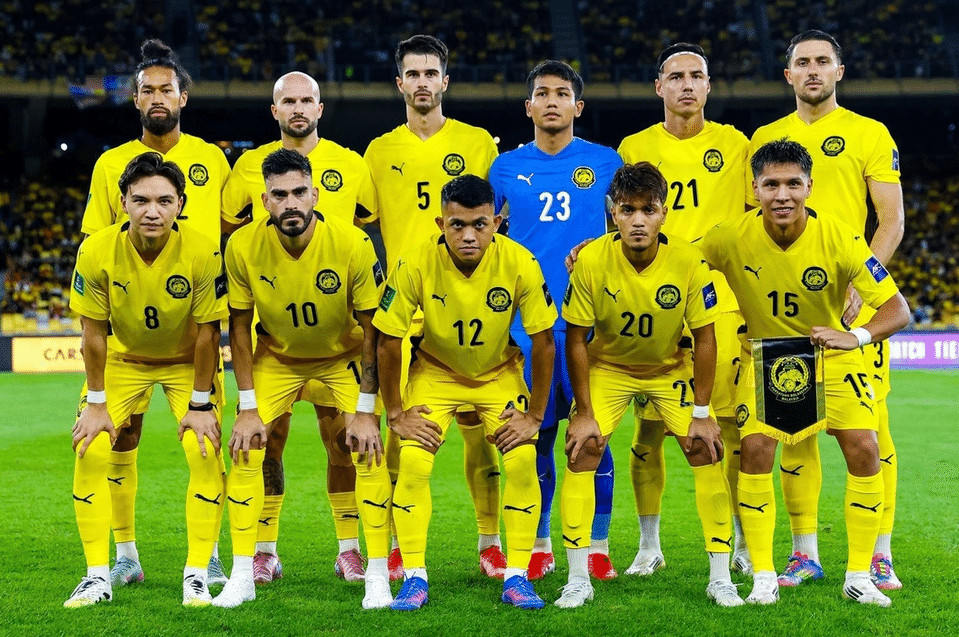‘You want a player to die?’ Heat is on tennis after players wilt in extreme conditions

Jannik Sinner had tried everything but after baking for two and a half hours inside the sauna of Shanghai’s stadium court, he was finished. Even around midnight, the humidity was still so oppressive he spent the final 20 minutes of his third-round match against Tallon Griekspoor cramping, panting and in considerable pain. Eventually, he could not even walk properly. Midway through the final set, the 24‑year‑old hobbled slowly to his chair using his racket as a crutch and terminated the match.Those scenes were representative of the Shanghai Masters so far as, throughout the past week, so many players have wilted in brutal conditions. Terence Atmane and Hamad Medjedovic both retired after struggling with the heat. Francisco Comesaña appeared close to collapsing and he had to be helped mid-match by his opponent Lorenzo Musetti. Despite the benefit of competing at night, Novak Djokovic repeatedly vomited in two consecutive matches and there were times in his fourth round win over Jaume Munar where he too looked as if he had reached his limit.Five hundred miles away in Wuhan, the weather has also been challenging for the top female players. Emma Raducanu and Jelena Ostapenko both retired in hot, humid conditions. Alongside a social media video that showed her wringing out sweat from her socks, Bianca Andreescu wrote: “Wuhan weather really said: ‘Go play tennis in a sauna.’”As startling as these scenes have been, this is hardly uncharted territory. Every year players are pushed to their limits in a sport that chases the sun. However, tennis has failed to ensure players’ safety by tackling the danger of competing in such extreme conditions.The most immediate and glaring problem was illustrated by Holger Rune during his medical time out at the weekend. Speaking with Gerry Armstrong, one of the men’s Association of Tennis Professionals supervisors in Shanghai, Rune asked: “Why doesn’t the ATP have a heat rule? You want a player to die on the court?”While the grand slam tournaments and the Women’s Tennis Association have extreme‑heat policies, the ATP still does not. The ATP entrusts the supervisors, in coordination with its medical staff, to manage the players in stifling conditions. As such, Armstrong’s response to Rune was even more damning. “I don’t know, it’s a good question,” he said.In a statement, an ATP representative said: “Under ATP rules, decisions regarding the suspension of play due to weather conditions – including extreme heat – lie with the on-site ATP supervisor, in coordination with on‑site medical teams and local authorities. In parallel, the ATP medical services team implements several measures in cases of extreme heat, to help protect player health during competition.“This remains under active review and additional measures including the implementation of an official heat policy are currently being evaluated in consultation with players, tournaments, and medical experts. Player safety remains a top priority for the ATP.”In a well-governed sport, a standardised extreme‑heat policy across all tournaments would have already existed for a long time. Tennis, however, is split uncomfortably between the four grand slam tournaments, the ATP, WTA and International Tennis Federation – organisations that are often too focused on protecting their own interests.In August, players similarly struggled in hot and humid conditions for two weeks at the Cincinnati Open before the tournament concluded with Sinner retiring against Carlos Alcaraz in the final due to illness. Global heating will lead only to further difficulties, so governing bodies should already be investigating how to adapt the calendar to avoid these unbearable conditions.This is a challenging subject considering physical preparation and stamina is a key part of excelling at the top of the sport. Elite players pride themselves on being able to handle the elements and still find a way through. Everyone, however, has a limit.“I think there should be some kind of rule,” Rune said on Tuesday. “We can handle a certain amount of heat because we are fit, we’re strong, we’re mentally strong as well, but there’s always a limit. I think it’s also important to take care of your health. We need to survive.”There are smaller changes to consider. Back in Cincinnati, as the heat wreaked havoc on the tournament, Iga Swiatek said she would like to see more flexibility with the time limit between points on warmer days: “This kind of heat is like something that we just need to survive, and it’s not like we can’t,” she said. “Maybe giving us five more seconds to use the towel or to have more time to breathe, because it is a bit harder, would be nice.”This latest issue of managing extreme heat comes at the end of another gruelling, long season, and player welfare has been a significant talking point.The number of retirements, withdrawals and injuries this year has been shocking. With seven retirements or walkovers at the Shanghai Masters over the past week, there have now been 41 retirements and walkovers at the ATP Masters 1000 events this year, including nine in Madrid and eight in Cincinnati.On Monday last week at the China Open in Beijing, a combined WTA 1000 and ATP 500 event, five of the 12 matches ended in retirements. This does not even account for the injuries, physical pain and mental strain that many players on both tours are continuing to push through. It is increasingly difficult to argue that the tours have done enough to prioritise player welfare.The length of the tennis season has been a significant talking point for decades with minimal change, but recent initiatives from the ATP and WTA tours have only seemed to accentuate these issues.Over the past two years, the WTA has enacted stricter scheduling controls for its top players and there is a growing consensus that the ATP-driven push to extend so many of the ATP and WTA 1000 events into protracted two-week affairs have come at the cost of the players themselves. With even more “on” days at tournaments and more time away from home, their growing physical and mental difficulties are clear.In the final weeks of another campaign, as the injuries pile up and few competitors seem content, it feels like the tour is reaching breaking point. It is still unclear, however, if the governing bodies are ready to recognise those issues and take meaningful steps towards fixing them.












